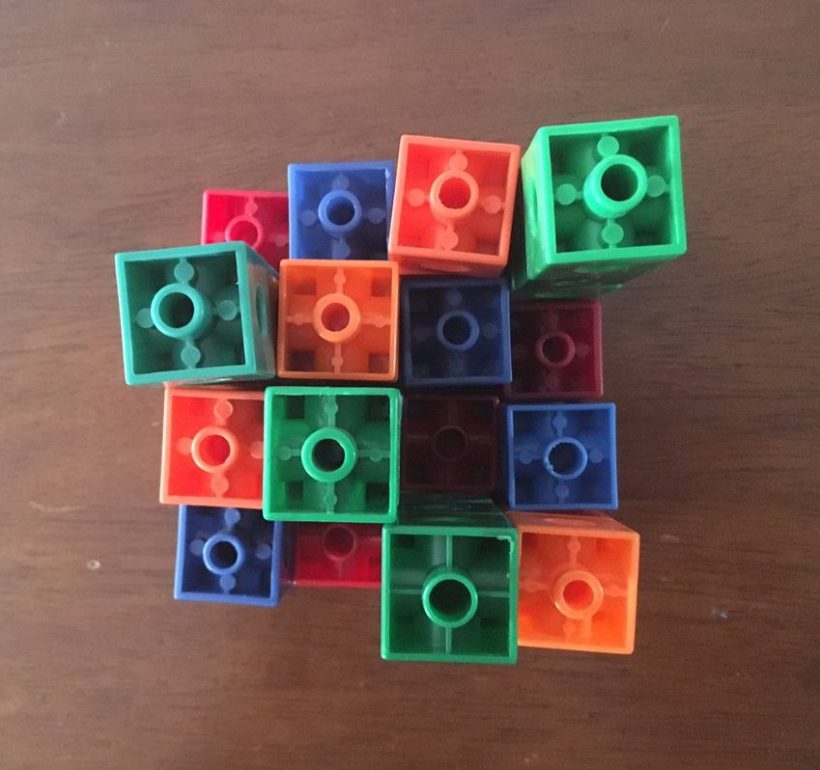An area of mathematics I wish more students had opportunities to explore is spatial/visualization. There are many studies that show just how important spatial/visual reasoning is for mathematical success (I discuss in more depth here), but often, we as teachers aren’t sure where to turn to help our students develop spatial reasoning, or now to make the mathematics our students are learning more spatial.
One such activity I’ve suggested before is Skyscraper Puzzles. I’ve shared these puzzles before (Skyscraper Puzzles and Skyscraper Templates – for relational rods). With the help of my own children, I decided to make new templates. The package includes a page dedicated to explain how to solve the puzzles, as well as instructions on each page.
For details about how to solve a Skyscraper Puzzle, please click here

New Puzzles can be accessed here
*The above files are open to view / print. If you experience difficulties accessing, you might need to use a non-educational account as your school board might be restricting your access.
You’ll notice in the package above that some of the puzzles are missing information like the puzzle below:

Puzzles like these might include information within the puzzle. In the puzzle above, the 1 in the middle of the block refers to the height of that tower (a tower with a height of 1 goes where the 1 is placed).
You might also be interested in watching a few students discussing how to play:
A few thoughts about how you might use these:
- How will you introduce these puzzles to your students? How much information about strategies and tips will you provide? Will this allow for productive struggle, or will you attempt to remove as much of the struggle as possible?
- Would you use these as an activity you give all students, or something you provide to just some. Why?
- How would giving a puzzle to a pair of students be different than if you gave it to individuals? Which were you assuming to do here? What if you tried the other option?
- How might using physical blocks be different than paper-and-pencil or electronic versions?
- If students are working on these away from school, what resources might you use instead of school manipulatives like snap cubes? Lego bricks? Checkers? Other household items?
- How will you orchestrate a conversation for your class to help consolidate the learning here?
- What will you do if students give up quickly? What questions / prompts will you provide?
As always, I’d love to hear from you. Feel free to write a response, or send me a message on Twitter ( @markchubb3 ).
I think visualising (and imagining more generally) is an important aspect of thinking mathematically and something that we should encourage students to do frequently (perhaps at the start of any activity). John Mason (based upon the work of many before him) lists imagining as a natural learning power and something that we should be encouraging our students to develop (and to develop an awareness of) so that it is part of their toolbox when trying to break into a problem or become ‘unstuck’ in the problem solving process.
LikeLike
Thank you so much for sharing this. I’ve been thinking this summer about ways to help my high school students get better at visualizing and imagining and it occurred to me that this would be a great puzzle to use. I love that you can add so many extensions such as the puzzles you provided with missing information. You could also challenge your students to solve them without using the blocks as another extension.
LikeLike